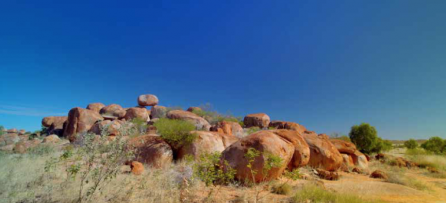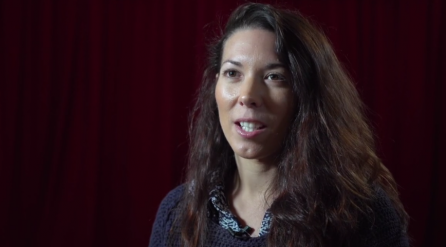 It’s well understood now that arts and culture make regional Australia a better place. Communities thrive when people come together to share stories, reflect on a common history, and build social inclusion through arts and cultural activity.
It’s well understood now that arts and culture make regional Australia a better place. Communities thrive when people come together to share stories, reflect on a common history, and build social inclusion through arts and cultural activity.
Last year NSF Consulting was commissioned by Regional Arts Australia to research and prepare a guidelines document to support and promote meaningful engagement for those working in the cultural sector in regional Australia. It was written for visitors to the regions who engage in collaborative cultural projects or practices, including artists, arts organisations, community groups, local government bodies, academics and other individuals. It drew on existing protocols for working with First Nations artists and volunteers, as well as other work in development.
We consulted with more than 100 key stakeholders throughout regional, remote and metropolitan Australia. We arrived at the following eight principles of good practice. They can be used as a checklist when planning to work on a collaborative cultural project in regional or remote Australia.
1. Build relationships
The most successful collaborations stem from relationships that have been built and nurtured over a number of years. It takes time to build trust and a good working relationship, and the strong and more enduring the relationship before the start of the project, the more successful the project will be.
2. Be prepared
As a visiting artists or tour group, it is important to ask yourself some questions before travelling to regional or remote Australia. For example, why you are touring there, what is the nature of your visit, and importantly, what you expect from all partners or collaborators.
 “When you come to the (Northern) Territory it’s not about the box office. So you can’t see that as a reason to say ‘we’ll go there and we’ll make more money’ because we don’t have the community that is going to give you that box office. You have to come for a very different reason.” Kathy Burns, Artistic Director, Barkly Regional Arts, NT
“When you come to the (Northern) Territory it’s not about the box office. So you can’t see that as a reason to say ‘we’ll go there and we’ll make more money’ because we don’t have the community that is going to give you that box office. You have to come for a very different reason.” Kathy Burns, Artistic Director, Barkly Regional Arts, NT
3. Consider First Nations engagement
Protocols exist for individuals and organisations interacting with First Nations people and their communities and for appropriate ways of using Indigenous cultural materials. Local arts bodies and local community councils can make valuable connections for you to and introduce you to Elders and other important community leaders.
4. Plan for equity
Successful collaborations are ones in which all major partners benefit from the project, in terms of financial return and wider community benefits. It is worth taking the time to establish and articulate up front how major partners will benefit from the project.
5. Adopt slow touring and engagement
You’ve heard of the slow food movement. Now think about slow touring. Current thinking suggests that it is more effective to do less over a longer period of time than to tour many places quickly. This approach achieves deeper engagement with the community and the project will be likely to leave a lasting legacy in the host community.
6. Work with individual needs
Collaborative regional projects may involve working with staff at regional arts organisations. Or they may also involve working with businesses, organisations or groups, and the individuals behind them, many of whom are volunteers. Volunteer groups can be crucial drivers of cultural projects, particularly in small or more remote towns. Treat them with care and respect and be open about their roles and responsibilities.
7. Consider ethics
As a minimum outcome, you should adopt the ‘do no harm’ approach. Your behaviour and project should not harm those you work with. Consider how you intend to work with people and the effect it may have on them, their community or their town. Assess any potential risks to individuals or artists and protect the wellbeing of everyone involved.
8. Build in a lasting legacy
Consider how your project will leave a positive legacy on the host community, including how the community may benefit from the project after it has finished.
SELF EVALUATION
If you have worked collaboratively in regional or remote Australia on cultural projects or intend to do so, you may with to assess your practice in line with these guidelines. The document outlines simple steps to guide you on how you may go about conducting a self-evaluation of your practice or performance.
The full guidelines document can be found on the Regional Arts Australia website here.
